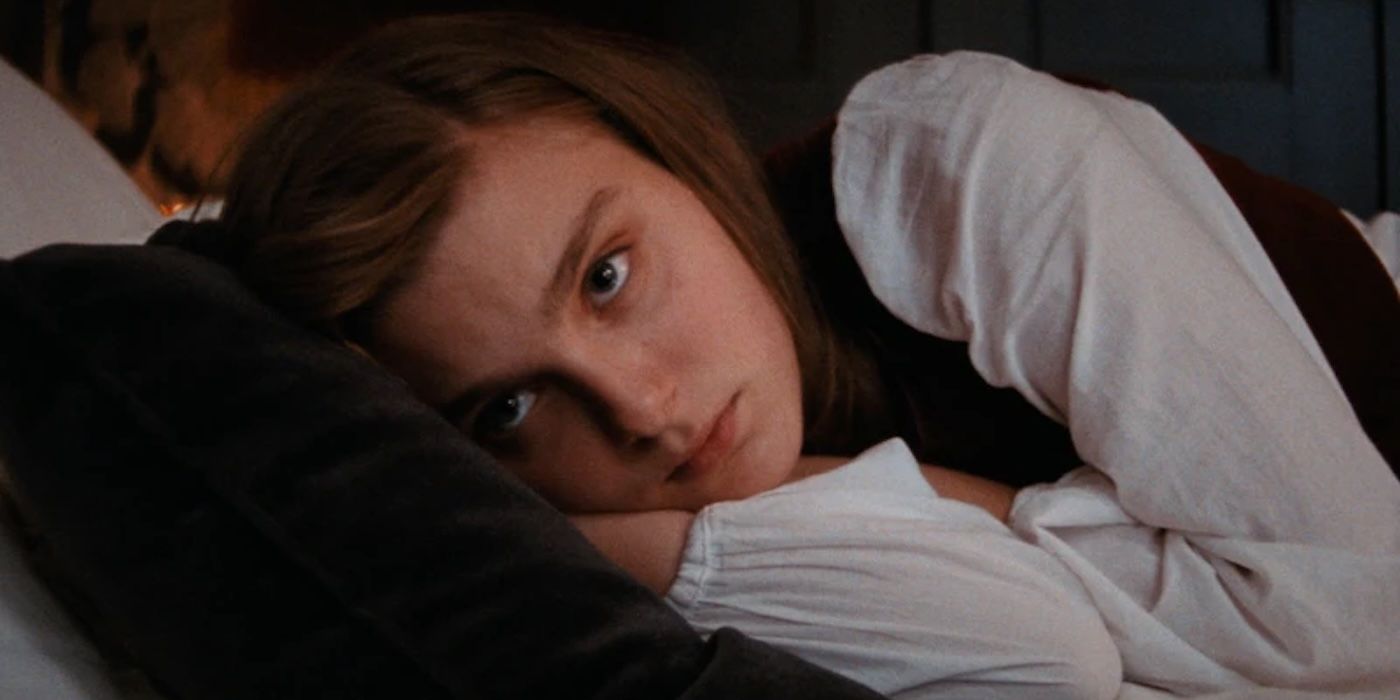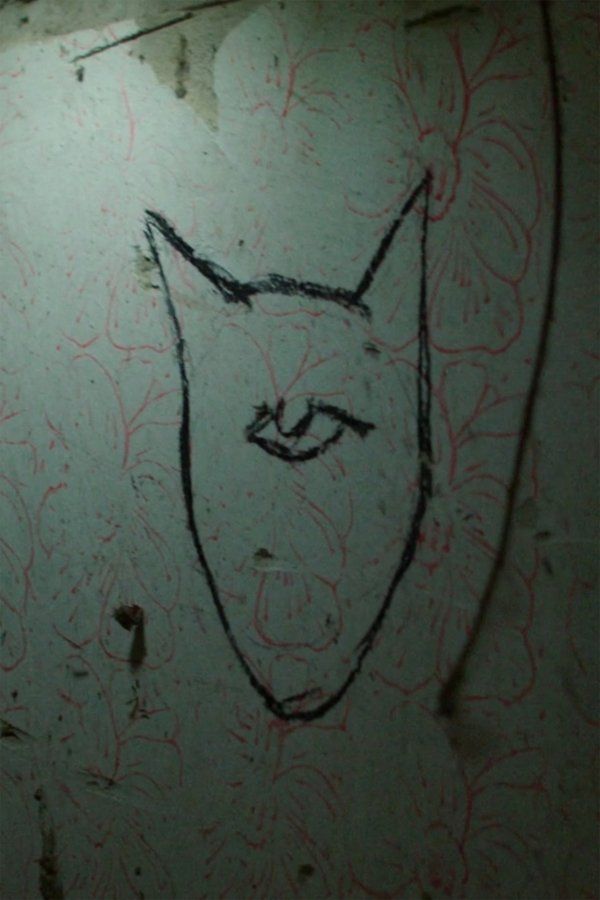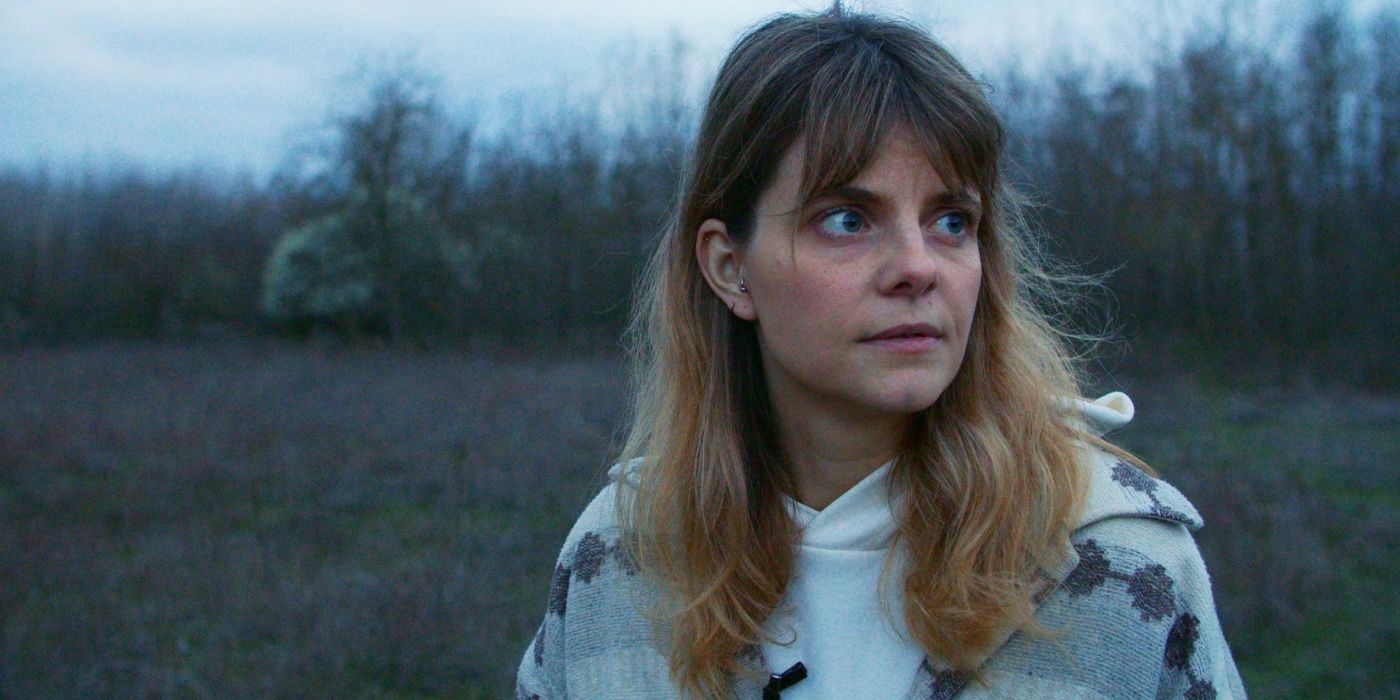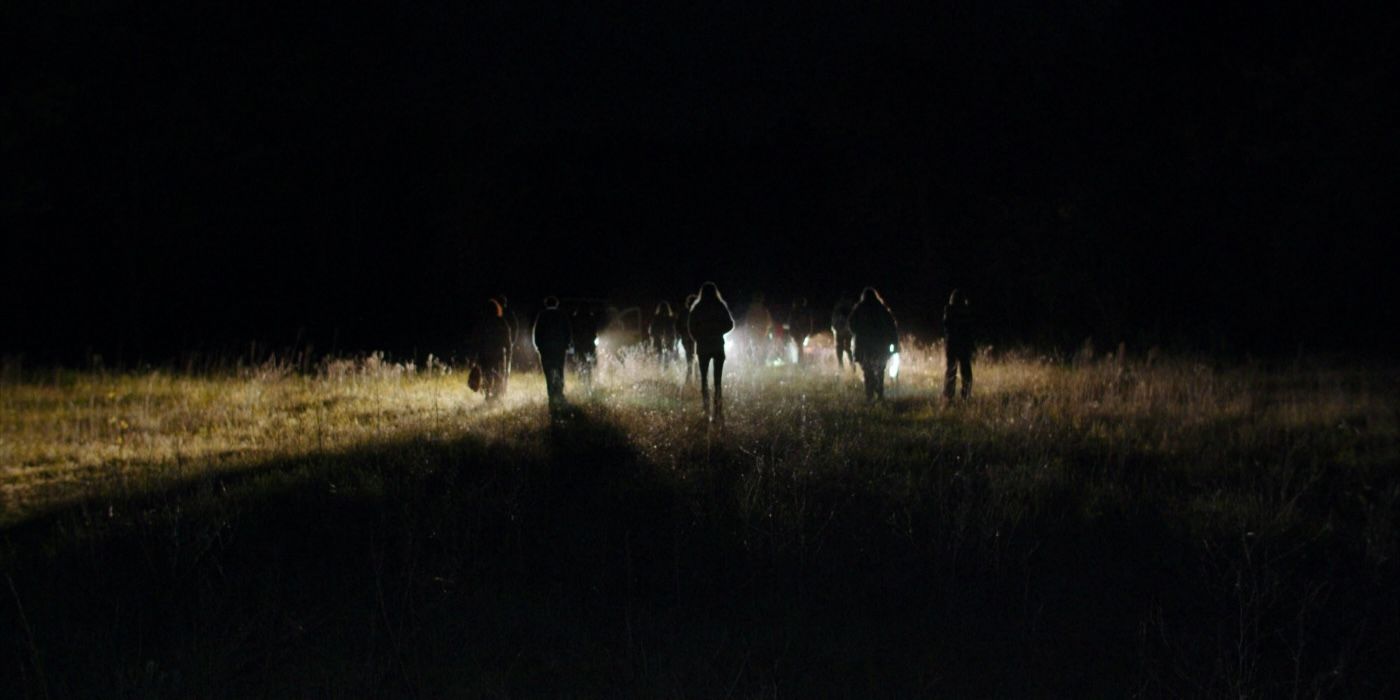True crime, abusive power, the lower classes rising up to exact revenge on those who betrayed them, and a folkloric demon at the center of it all; the last thing you’d think Benedek Fliegauf’s Jimmy Jaguar would be is boring. But the two-hour pseudo-documentary that documents the possessions of the titular demon doesn’t say or do anything new with its subject matter or its filmmaking format. It’s ultimately a rather derivative film borrowing from horror-thrillers and psychological thrillers that did the job much better. For a pseudo-documentary that combines the supernatural with the most realistic of human pain, check out Lake Mungo. If you want a psychological drama about why people would devote themselves to a nefarious cult, Martha Marcy May Marlene is much more compelling. Or a film that dives into the darkest pits of our obsession with true crime, a title from the Karlovy Vary Film Festival’s slate two years ago, Red Rooms, outdoes the contender for this year’s Crystal Globe in every way.
Jimmy Jaguar is by no means unwatchable or even poorly made. But it just constantly stays in the shadows of much better films, never quite sure what genre it’s trying to be, and constantly teetering on the edge of being a horror-thriller but ultimately never picking a specific beat. As someone who thinks fictional documentaries are one of the best avenues to craft the most compelling human-driven stories and bring horror elements to more grounded tales of suffering, Jimmy Jaguar was a major disappointment.
‘Jimmy Jaguar’ Is a Pseudo-Documentary about a Demon From Hunagrian Folklore
Jimmy Jaguar is told through the lens of a documentary team who are following the story of the titular folkloric demon. We begin by watching the footage of an interrogation with Seed (Erik Major), a mechanic from a small Hungarian town who claims to have been possessed by the demon, known as “Jagu” by his followers. Seed, together with a well-respected Hungarian poet who also claims to have been possessed, kidnaps a reclusive old man, binds him, and leaves him in a boat to drown in the river. The man cannot be identified at first, but it turns out he was a Serbian war criminal who enabled and partook in the rape of numerous women.
The way in which Seed and his associate carried out their attack on the man was the exact same as the methods used by their victim during the war… but there is no way they could possibly know that. We’re then introduced to Léna (Júlia Jakab), who at first appears to be an interested journalist who aids the documentary team, but her proximity to the case is revealed to be much more personal. We then meet more of Jagu’s followers, who believe in his power and see him as a Robin Hood-type figure who empowers those down on their luck to take down those who have abused their positions of power. From there, what starts as a documentary project to understand this bizarre phenomenon brings the crew closer to the truth of their subject than they ever thought possible.
‘Jimmy Jaguar’ Doesn’t Break Any New Ground
Again, reading that summary certainly gives the impression that this is a twisty, exciting true crime story akin to what you see on Netflix’s never-ending catalog. It’s nothing of the like, but it’s not trying to be. The ideas behind what Fliegauf is doing go from subtle to painstakingly clear. It begins with the exploration of how people can become so devout in their beliefs in things they’ve never seen, as early in the film, Jimmy Jaguar is compared to Jesus and UFOs. And the film does work best when focusing on cult-like behaviors, and how more often than not, they attract (or target) vulnerable folk with no sense of meaning.

Related
Coming-of-Age Movies Have Never Been as Tragic as This Absolutely Devastating Drama
The film is competing for Karlovy Vary’s Crystal Globe.
Two young women, Rósza (Alíz Sólyom) and Kila (Lilla Kizlinger), are trying to do their best and make the world a better place, particularly by working in a shelter for abandoned animals. The shelter is a fairly on-the-nose metaphor for the girls and their fellow Jagu followers, but it is an astute understanding of how modern systems of power work. Lena, the girls, and Seed all want to find purpose in their lives, but remain oblivious to the fact that by following Jagu, they are giving over any sense of autonomy. So, it’s all fairly empathetic, but not very original or illuminating. If you’ve seen any of the films I’ve mentioned above, or are in any way a true-crime fan, Jimmy Jaguar won’t bring you any new revelations. A twist towards the finale and a final scene emblematic of the recent eat the rich trend don’t deliver the grand, jaw-dropping finish that the slow, very slow, build of tension may have you think. If anything, it’s easy to foresee and only works to cement the obvious streams of thought that have been discussed at length throughout the film.
Making a fictional film appear like a documentary may seem like a silly gimmick to some audiences, but if you’ve seen films like Lake Mungo, The Poughkeepsie Tapes, or to a lesser extent, The Blair Witch Project, you’ll know this style pairs beautifully with stories of horror, supernatural, and true crime. But Fliegauf commits the cardinal sin of making the film too glossy and traditional-looking to be a believable found-footage documentary. A setting we keep cutting back to is a discussion between a skeptic detective and a Jagu-believing psychiatrist. These scenes emphasize Jimmy Jaguar’s largest issues. It feels too staged and, at times, showy, and it prioritizes info-dumping monologues over allowing the camera to capture first-hand, a foundation of found-footage filmmaking. Nothing is left for the audience to catch, infer, or glimpse; it’s all spelled out for us neatly and at length, which pours over into the film’s other main issue: a notable lack of atmosphere.
Writer-Director Benedek Fliegauf Should Make a Traditional Horror Movie
Credit needs to be given to Benedek Fliegauf for some chillingly beautiful shots of the Hungarian forest both at night and dusk. Immediately reminiscent of the night scenes in The Blair Witch Project, these images do well to tie together the film’s theme of one thing being able to inspire horror and beauty in different people. But the disquieting atmosphere stops there, and Fliegauf doesn’t try to capture any more shots that help to elevate the film’s supernatural undertones. In fact, it goes the complete opposite direction, focusing on people talking in the most mundane settings. It’s easy to forget that a literal demon is at the center of this story, because there is no eerie essence of its presence until a person casually mentions Jagu in their conversation. Any sense of dread built in the first act fizzles out in the slower, dialogue-heavy second act. But Fliegauf’s capturing of the seemingly never-ending forest trees and the vast Hungarian countryside that could also be seen as a wasteland are powerful even if only briefly, and if the director ever committed himself to a full-fledged horror or thriller, I’ll be the first to see it.
Jimmy Jaguar does feel like it has a lot of intention behind it, but none of it ends up that well-communicated or nuanced. The cast all turn in perfectly decent performances, even if some of them are a bit too performative to fit into the documentary style. But it ultimately fails to do anything new with any of its thematic ideas, the genres it’s playing with, but never brave enough to fully lean into, or the found-footage/pseudo-documentary techniques. Still, Benedek Fliegauf should make a woodland-set found-footage horror movie, maybe with a demon or monster with a name that doesn’t make you sing “Shimmy Shimmy Ko Ko Bop” in your head.

Jimmy Jaguár
Jimmy Jaguar is a derivative true crime pseudo-documentary that doesn’t make full use of its format or themes.
- Release Date
-
September 11, 2025
- Runtime
-
111 Minutes
- Director
-
Benedek Fliegauf
- Writers
-
Benedek Fliegauf
Cast
- The night-time forest scenes are chillingly beautiful, reminiscent of The Blair Witch Project.
- The film is too glossy and traditional-looking to be a believable documentary.
- Its themes and ideas have already been explored better by countless films.




